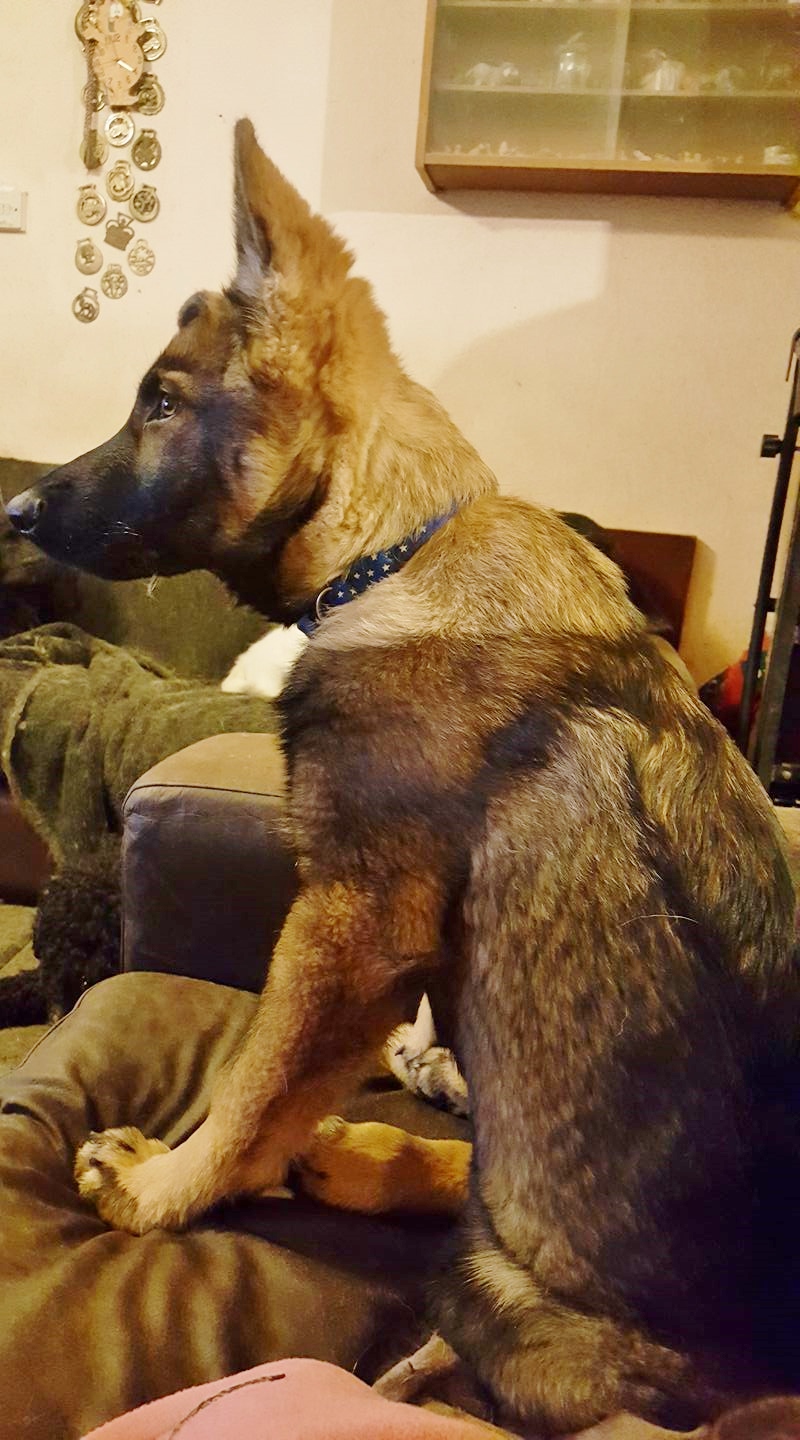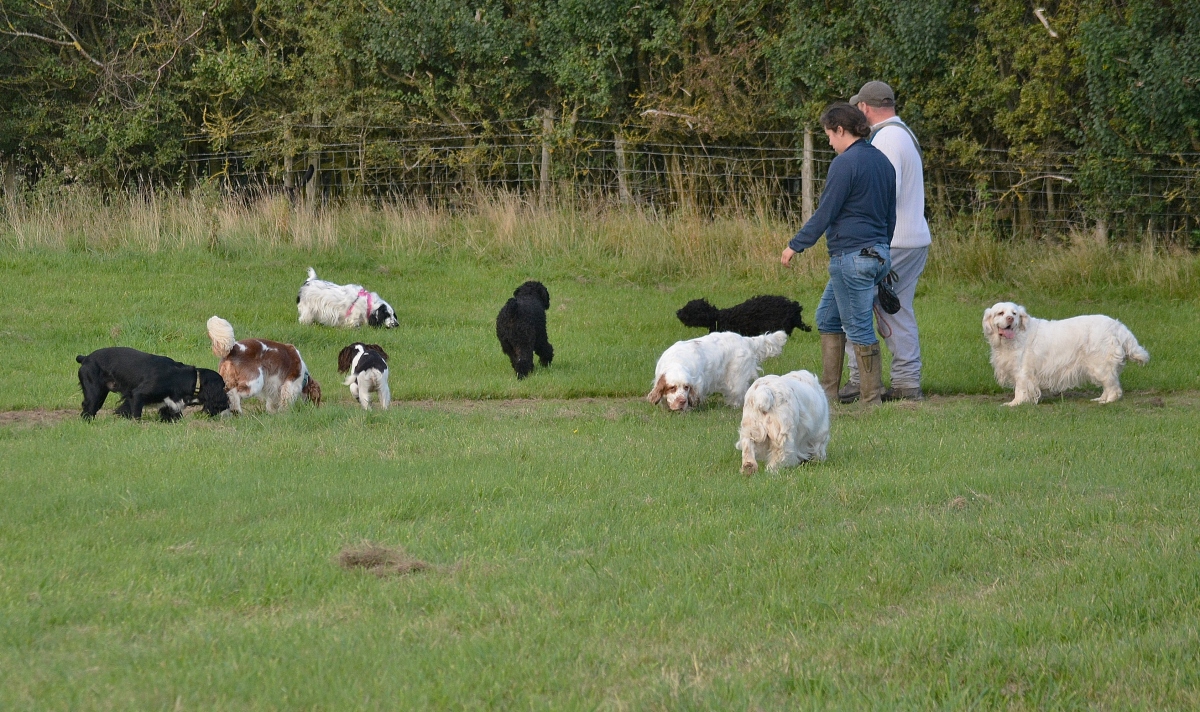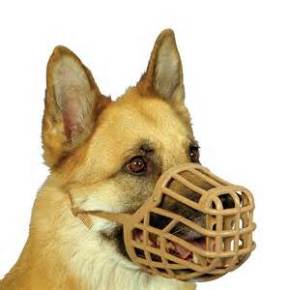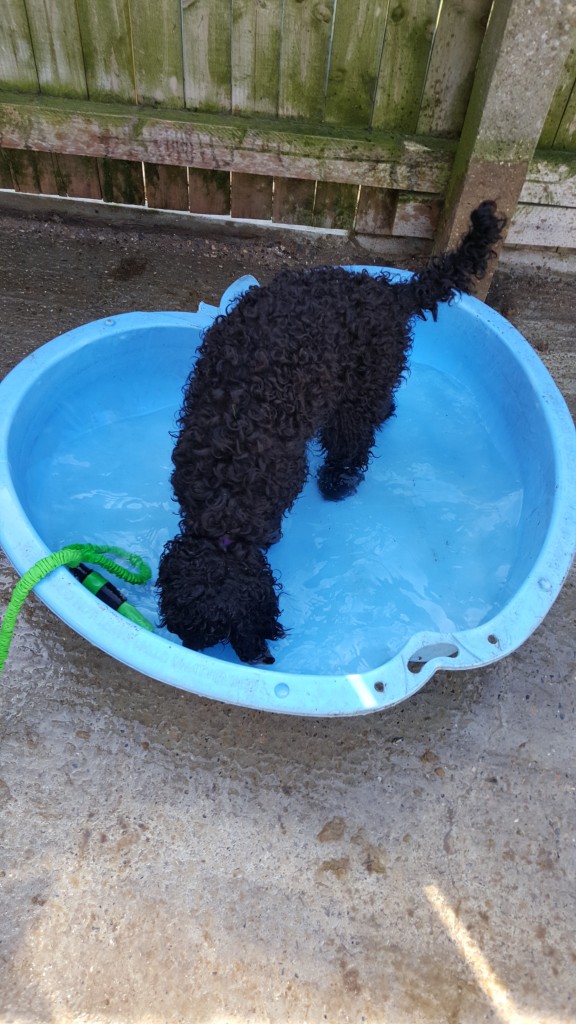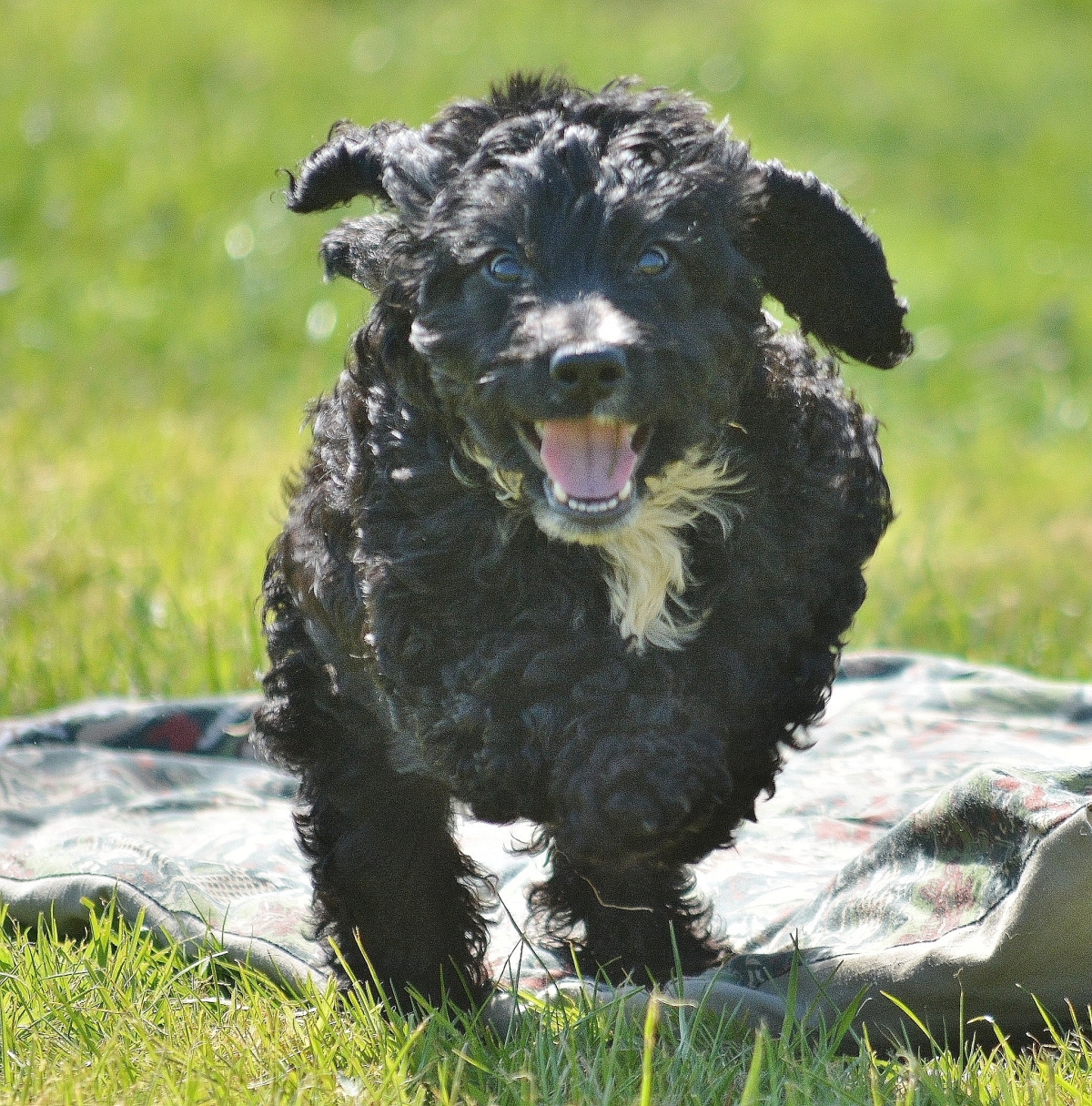What are the important things to teach a new puppy or a new dog? When I asked this question on Facebook, these are the most popular responses that I received: Settle, walk on a loose lead, recall, sit, be sociable with people, dogs etc. Whilst these are great behaviour to teach a puppy, they rely on foundations, none of which were mentioned in the responses I received. I wonder why that was? Have we, as dog trainers, forgotten the core foundation as we just focus on behaviours that we want the dogs to earn? Are we focussing too much on making dogs fit into our human world and no focussing on the essentials that a puppy needs to learn alongside these ’essential’ behaviours?
I think we are, and that we have lost sight of what a puppy really needs to learn. What would my list look like? Well, good question. My core foundations are teaching the puppy that I am a safe place and that I will protect them and support them, and that I will advocate for them when we are out and about. I want them to learn that being with me is so much fun. I want them to learn that learning is great fun and that we play fabulous games so that training doesn’t seem like training. I want them to learn resilience, most of which they will learn from the previous foundations that I’ve listed. I want them to explore new environments and surfaces with confidence and in their own time. I want them to learn that travelling is enjoyable and means new places and new experiences.

Why haven’t I listed things like socialisation and teaching them to settle, loose lead walk and recall. Well, I actually have as those things will develop as I work on these core foundations. Remember that socialisation is exposure to stuff, not interaction with it; it is about the puppy seeing people, dogs, other animals, traffic and learning that it is a neutral thing, nothing to be worried about and nothing to get excited about. It doesn’t means that your puppy needs to interact with every person they meet nor do they have to play with every dog that they meet. That isn’t socialisation and is, in fact, setting the puppy up to have a poor recall and poor leash skills
I spend a lot of time teacing the puppy that we can play games with toys (chase, retrieve and tug) as well as food games and personal play games, where it is just me and the pup. I teach them that hands are fabulous and give smooches, cuddles and strokes.
Bug was also taught what various marker meant and that her toy/food would be delivered in various places (to her, for her to chase, for her to catch, in a dish/place) and that the marker differntiated which reward and where and how it would be delivered/presented.
By teaching the puppy that we are fun to be with, we will end up with a puppy that wants to be with us, that will have an awesome recall and wants to hang around with us (loose lead walking). If we support our dog whilst exposing them to people, animals, sounds and other environmental stimuli, then we will have a robust dog that recovers quickly when startled and is resilient when things go wrong. They have what I call god bounce back. Failure does not upset them, they just chalk it up to experience and move on.
Socialising our pups is a passive process, it just involves exposure. It is not an operant process…it isn’t a case of ‘there’s a person, have a cookie’. That isn’t socialisation. Food shouldn’t need to be paired with socialisation. I’ve no idea where and why this habit even started. I’ve written about socialisation before, so I’ll not go further in to this yet. Read thiese bog posts Keep those experiences positive and Socialised or sociable
My foundations start as soon as the pup comes home. They sleep near me (or with me) and if they cry, they are comforted and I get up and see if they need to go for a wee, before we all settle back down again. Makes for fast house training and pups soon learn to sleep through the night and even more importantly, to go back to sleep once you have woken up! My pups are usually fully housetrained by 10-12 weeks of age.
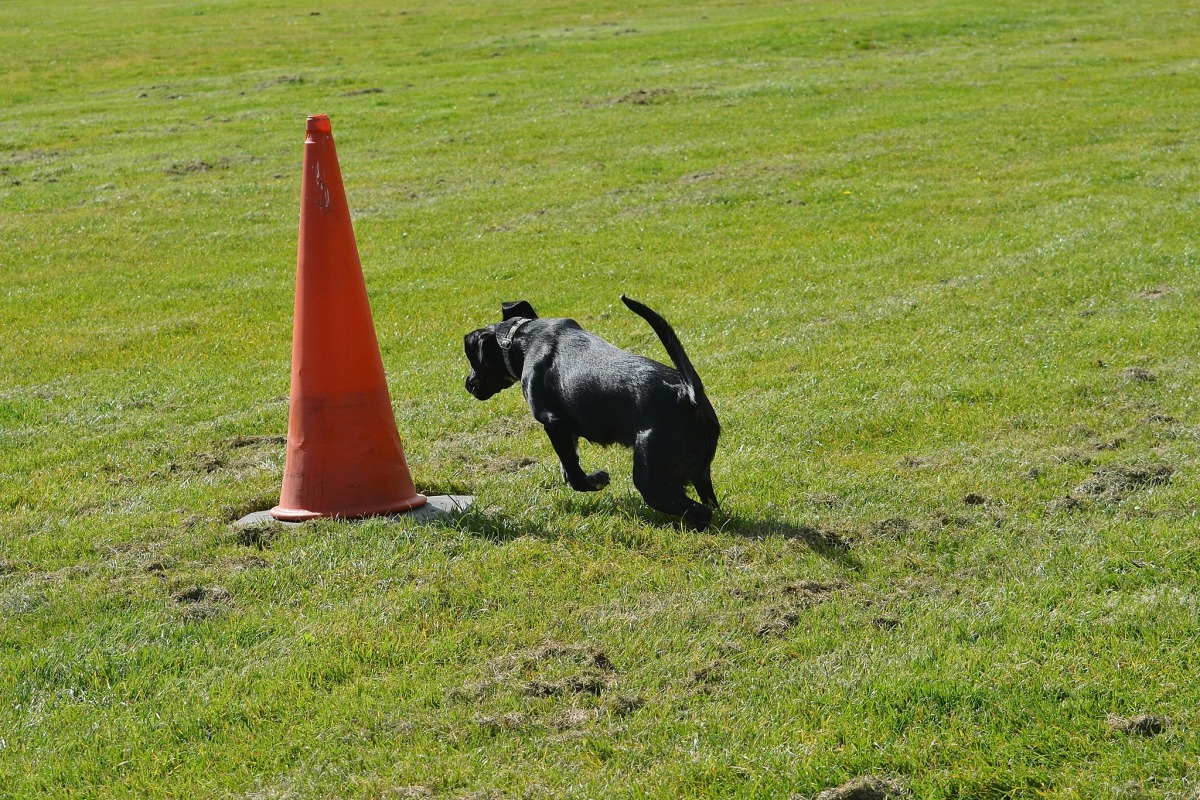
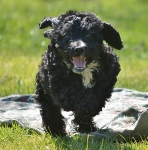
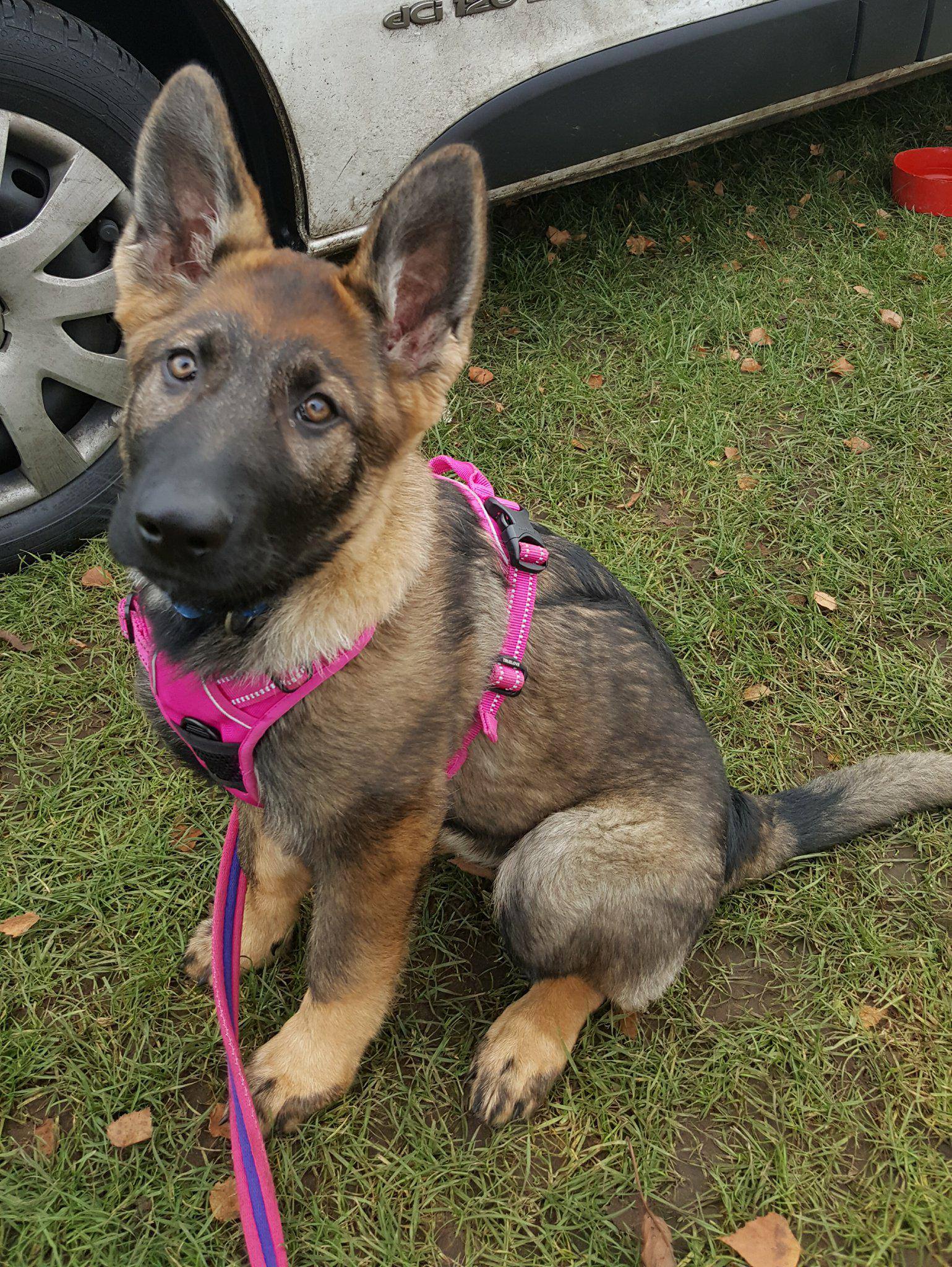 With having a new puppy myself, I’m back to going through this process with my puppy. So let’s take a look at what socialisation is all about. Basically, it means exposing your puppy to everything that it is likely to meet as an adult, so that your puppy isn’t frightened by those things in later life. Sounds all fine so far, and we’ve all seen those checklists where we tick off that our puppy has met x number of people this week and x number of dogs and heard x number of sounds and so on.
With having a new puppy myself, I’m back to going through this process with my puppy. So let’s take a look at what socialisation is all about. Basically, it means exposing your puppy to everything that it is likely to meet as an adult, so that your puppy isn’t frightened by those things in later life. Sounds all fine so far, and we’ve all seen those checklists where we tick off that our puppy has met x number of people this week and x number of dogs and heard x number of sounds and so on.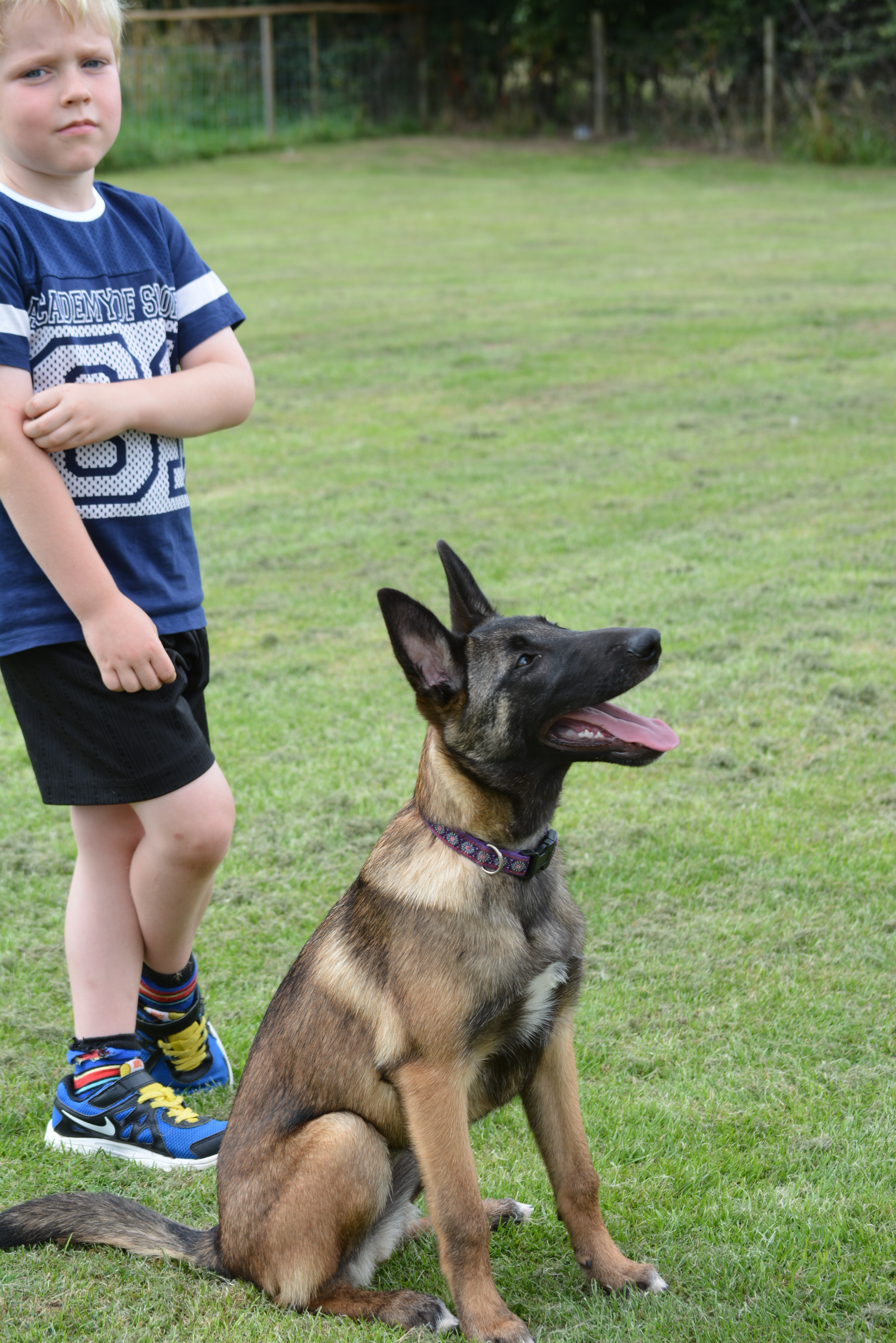 Pups do not need to play with every dog they meet or every person they meet in order to become sociable around them. All they need to do is be able to see them and have wonderful things happen whilst dogs, people, vehicles etc. are present. If the puppy wants to approach closer, then fine, but do be guided by your pup’s body language, not by an arbitrary check list that says your puppy MUST meet 10 people this week. Yes to the meet, and be prepared to say no to the interact.
Pups do not need to play with every dog they meet or every person they meet in order to become sociable around them. All they need to do is be able to see them and have wonderful things happen whilst dogs, people, vehicles etc. are present. If the puppy wants to approach closer, then fine, but do be guided by your pup’s body language, not by an arbitrary check list that says your puppy MUST meet 10 people this week. Yes to the meet, and be prepared to say no to the interact.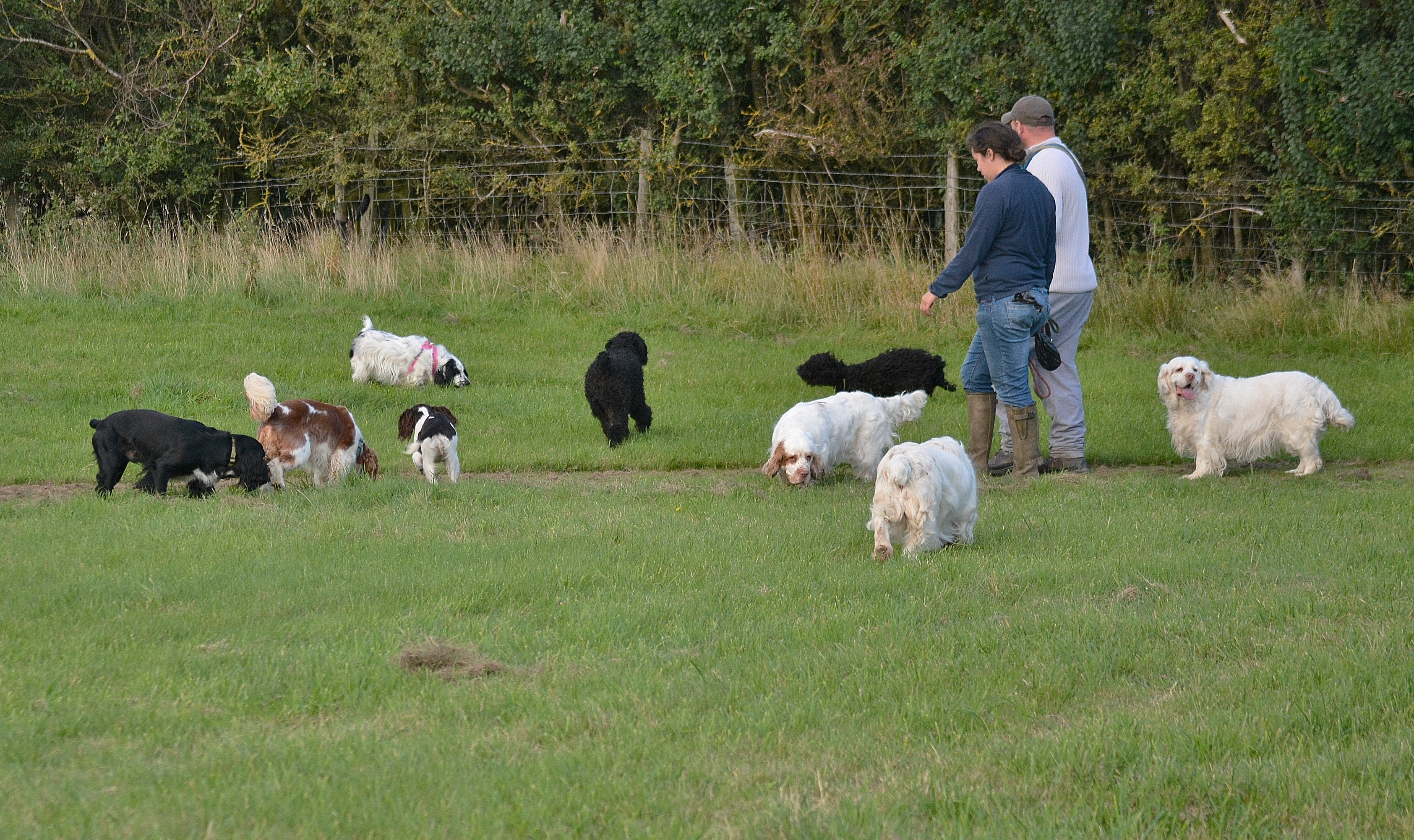 Being able to take your dog anywhere and have your dog continue to do as it is told, is just fabulous and opens up so many opportunities for you and your pup to go on social walks with your dog. Socialisation is something that every pups needs to experience in a positive way. Note that I say it is something that the pup needs to experience; their choice. It is not something that we just expose a pup to, as that it when it is likely to go wrong and we end up turning what was a confident pup into a shrinking violet that finds the World a very scary place.
Being able to take your dog anywhere and have your dog continue to do as it is told, is just fabulous and opens up so many opportunities for you and your pup to go on social walks with your dog. Socialisation is something that every pups needs to experience in a positive way. Note that I say it is something that the pup needs to experience; their choice. It is not something that we just expose a pup to, as that it when it is likely to go wrong and we end up turning what was a confident pup into a shrinking violet that finds the World a very scary place.